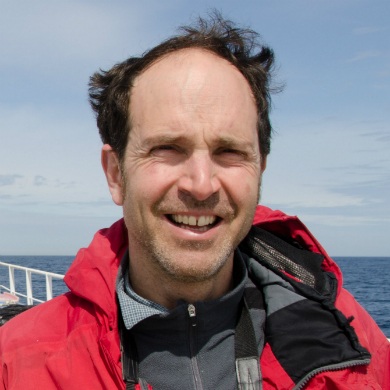Fisheries
Canada has some of the world’s most and the world’s least sustainable fisheries, even though they are managed under the same federal laws. Despite significant advances over the past two decades, challenges remain. Determining how much of the oceans’ productivity can be taken by fisheries without compromising marine life and ecosystems is a formidable task.
Since the Foundation’s beginning, we have supported reforms to make fisheries sustainable on all of Canada’s oceans and in freshwater rivers and lakes. We work with people throughout the seafood supply chain, including fishing organizations, grocery retailers and consumers. We influence laws and policies around Canadian fisheries and sustainable seafood certification. Our scientists sit on government advisory committees that oversee fisheries management.
As a member of SeaChoice, we are demanding improvements to seafood labelling and traceability requirements in Canada. We want to prevent seafood fraud and better understand seafood imports and exports to support sustainable food systems. We’re engaging citizen scientists to help us.
Where we are now
Since the dramatic crash of North Atlantic cod in the early 1990s, Canada is better managing fisheries locally, but not across the country. The Fisheries Act is being modernized, fish stock assessments are improving and marine protected areas are being integrated into fisheries management.
Fishy facts
The U.S. and E.U. have better seafood labelling and traceability requirements than Canada.
Canadian exports of seafood bring in $6.6 billion annually.
72,000 Canadians make their living directly from fishing and fishing-related activities.
Aquaculture
We work to limit the harmful impacts of open-net-pen fish farms on wild Pacific salmon. Science supports our view that there are significant concerns about the transmission of pathogens and parasites from farmed to wild salmon. Because the science is not conclusive, we support following a precautionary approach to minimize risks to wild salmon.
Where we are now
Our scientists sit on government committees and are asking for the industry to make its data on fish health and chemical use publicly available. We monitor international certifications that assess whether or not farms operate responsibly. We advocate that farms in areas near wild juvenile salmon migrations should be moved or transitioned to land-based operations. We support Indigenous rights and title and the nations’ right to say no to these activities on their lands and waters.
Facts on farms
Sea lice outbreaks on farms in the Broughton Archipelago in 2015 led to a 23 per cent loss of pink salmon.
A single salmon farm can be the size of four football fields.
Expert Opinion
Canada’s high-stakes herring fishery gamble
Fisheries and Oceans Canada is gambling with a public resource when it comes to herring fishery management. Herring populations are so important yet so variable that managing them in a conventional way is too risky.
Former Senior Research Scientist
Fish Trap: How poor labelling undermines efforts to make fisheries sustainable
Larger volume species often get lumped into broad commodity categories such as cod, snapper or sole, which actually represent hundreds of different species. Despite the species ranging widely in quality, flavour and environmental performance, they are sold at similar basement prices to the consumer.
Former Senior Research Scientist
Canada is missing the boat on seafood labelling
A recent SeaChoice study of Canadian retailers found labelling quality is poor. Seafood sellers only meet our inadequate regulations and guidelines. Insufficient labelling requirements allow them to take advantage of consumers’ perceptions.
Former Senior Research Scientist
Support SeaChoice
SeaChoice has a new direction. Visit the website to find out more about our initiatives to hold the supply chain accountable.
